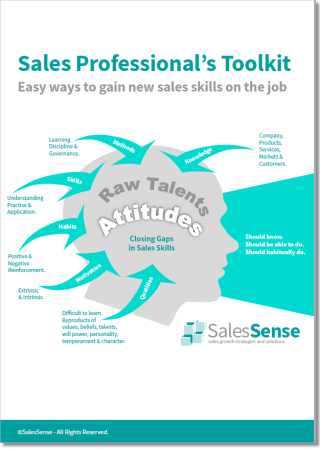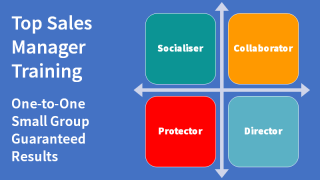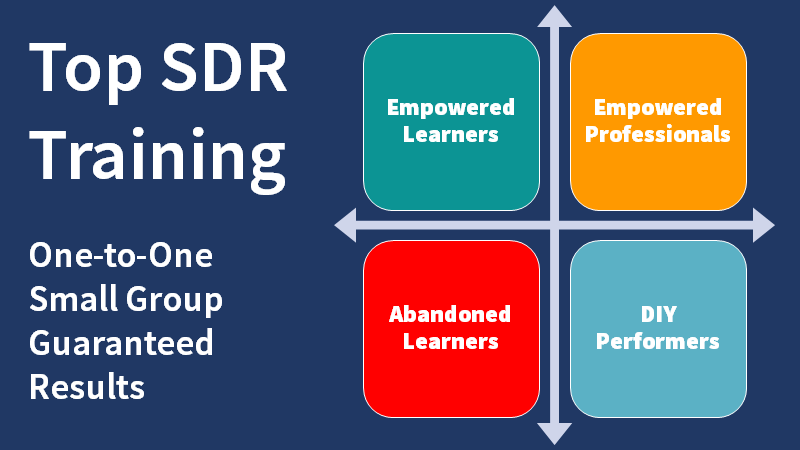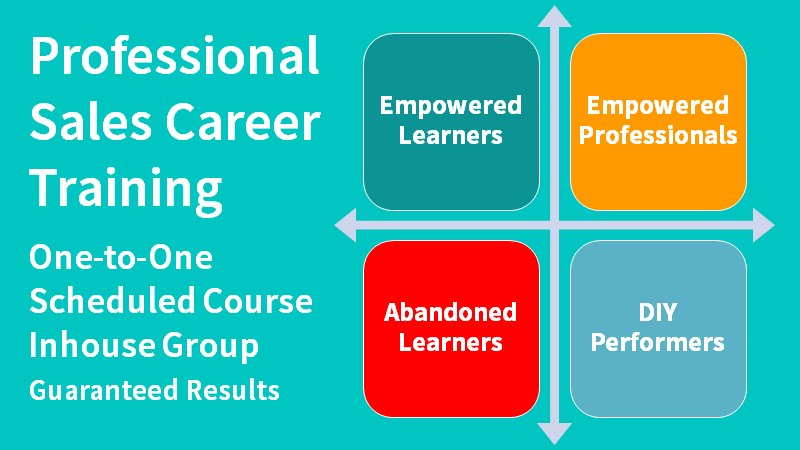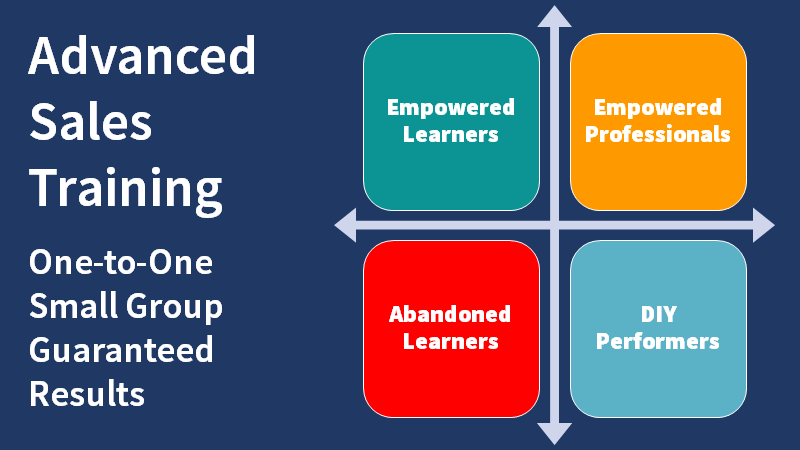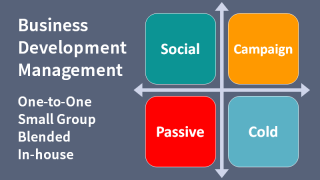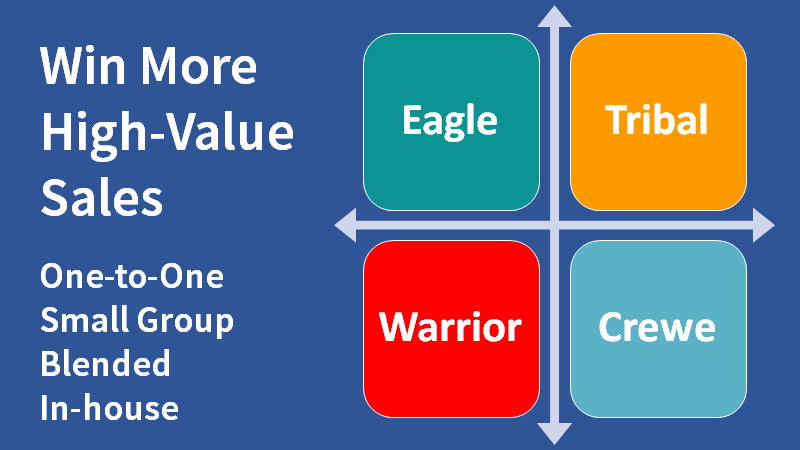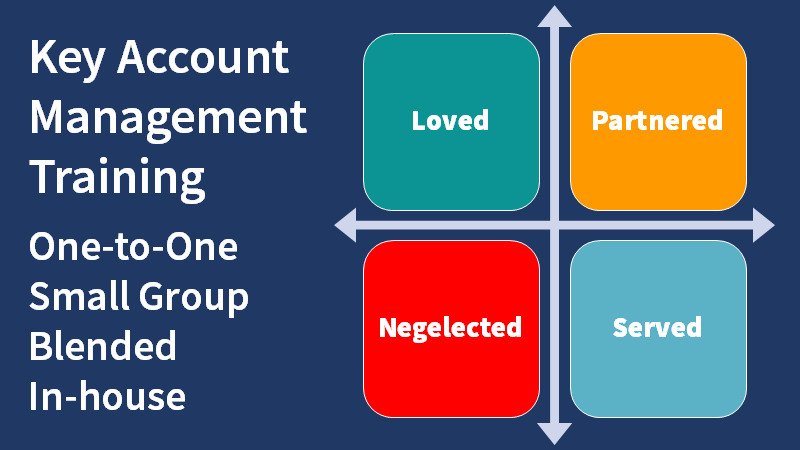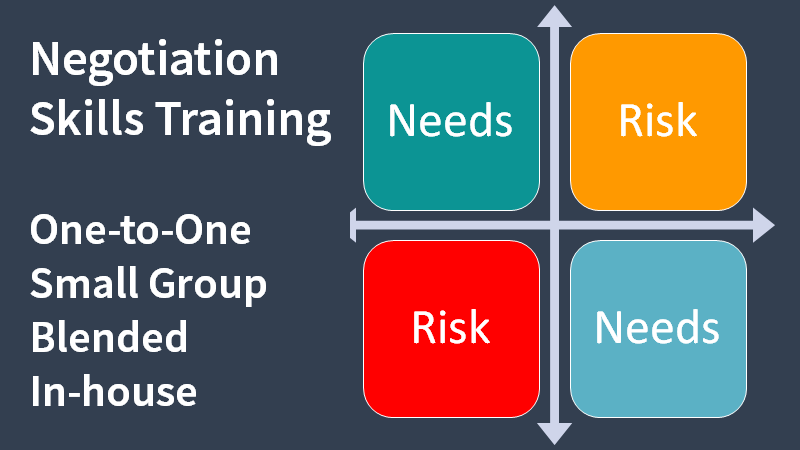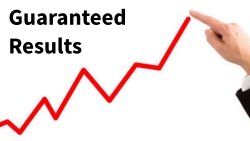How to engineer changes in sales behaviours and practices that increase sales productivity, effectiveness, and growth - part 1.
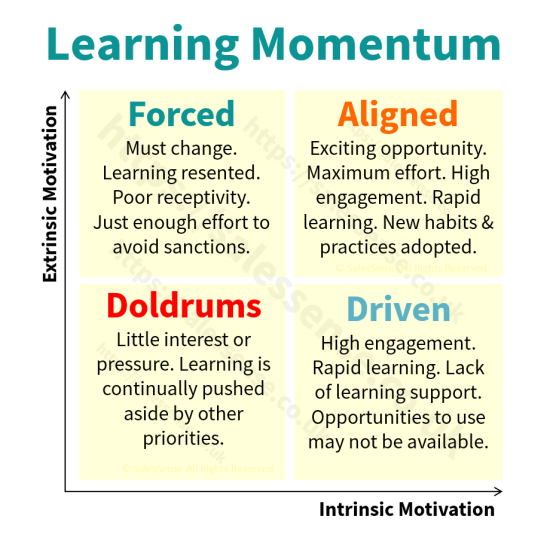
Annual sales training is good for a boost in motivation, even morale yet in isolation, it has little impact on behaviours or sales growth.
There are three aspects of improvement in sales growth. They are methods, skills, and morale.
Methods for Sales Growth
The easiest way to increase sales growth is to change what people do by changing the methods, processes, and procedures they use to do the work. What people do can be subjected to measurement, governance, and discipline.
Salespeople are often left to manage what they do with little structure or interference from managers. At the other extreme, some are micro-managed.
Too much freedom and too much control are both counterproductive.
Modelling the Best Salespeople
The best balance can be determined by modelling what the most successful salespeople do in your sales environment.
What emerges from modelling the methods of the best salespeople is a sales process that can be used to help new staff get up to speed faster; to encourage average performers to close the gap, and to resolve non-performance issues.
Here is a step-by-step guide:
1. Identify Top Performers
This should be easy if you have several exemplary performers. Include salespeople who regularly exceed their sales target and consistently deliver a top 20% performance.
If you only have one or two people who qualify, consider including salespeople outside your organisation who are selling in the same or similar environment. Having a third party conduct the research offers a way to overcome the obvious difficulties of persuading outsiders to participate. Learn more.
2. Conduct Interviews and Observations
The simplest way to establish what these top performers do differently is to conduct in-depth interviews about their day-to-day activities, customer interactions, and win plans. Such interviews should be structured with prepared questions and consistent categorisation of the answers. Recording interviews and using an AI note-taking assistant will make the task easier. We can help with this. Learn more.
Where possible, observe these top performers in action to gain insights into their sales process, including how they interact with prospective customers, what they do to influence the decision, and how they manage their work.
3. Analyze Sales Data
Examine CRM and sales data to identify patterns and behaviours that correlate with success. Look for commonalities in how top performers manage their sales pipeline, follow up with leads, and close deals.
If possible, interview some of their customers. Great insights are often gained from asking customers why they bought, after the dust has settled. Having a third-party interview your customers can yield information that wouldn't be shared otherwise. Learn more.
4. Document Key Practices and Behaviors
Meticulous note-taking throughout the investigation process is essential if success factors are to be clearly identified and documented. Aim to produce a best-practices guide that can be part of your sales team governance.
Categories to be considered include their approach to prospecting, starting a dialogue, relationship building, establishing a win-plan, controlling the customer's buying process, negotiating an agreement and conducting post-sale follow-ups. In addition, be sure to identify any tools, technologies, or other resources they leverage effectively.
We can do this for you. Learn more.
Where appropriate, embed best-practice advice inside the routine tools used by your salespeople, including the CRM system, any procedural documents, instruction manuals, and guides.
5. Develop a Training Program
Based on the findings, develop a comprehensive training program that explains the identified methods, the evidence for each method's effectiveness, and the tools and guides you have created to aid adoption.
Ideally, build the training programme into a virtual learning environment so that it is readily accessible for review and can be easily incorporated into onboarding plans.
Create some simulation or role-playing exercises that reflect the real-life sales scenarios encountered by top performers and then make time to have team members work through them.
We can do these things for you. Learn more.
6. Implement a Mentorship Program
Pair less experienced sales representatives with top performers for mentorship and coaching. This allows for direct knowledge transfer and provides mentees with insights and reinforcements that may not have been communicated through training.
Establish a structure for regular check-ins and feedback sessions between mentors and mentees.
7. Foster a Culture of Continuous Learning
Promote an organisational culture that values continuous learning and improvement. Encourage salespeople to contribute ideas and share what they learn on the job.
Staff don't necessarily share their experiences naturally. In my experience, Salespeople are unlikely to invest time in teaching others if they are not asked specifically to do so. Yet they will respond positively when called upon.
Capturing sales learning is best accomplished in group meetings where contributions can be recorded. These days, it is easy to use an AI assistant to create a transcript and take notes.
We can conduct win/loss reviews for you. Learn more.
8. Monitor Progress and Adjust
Be prepared to iterate on the overall program based on feedback and results. Set up a periodic review of all formal elements with affected parties. Use the reviews to continuously refine the model, incorporate new insights, and improve the related governance.
Ask these three questions:
- What are we doing that we should do more of?
- What are we doing that we should stop doing or do less of?
- What are we not doing that we should start doing?
9. Recognise and Reward Success
Implement a system of recognition and rewards that incentivises the adoption of best practices and celebrates improvements in sales performance.
Modelling the practices of top B2B sales performers offers a means of identifying effective strategies and behaviours that can be adapted and adopted by the rest of the sales team to drive sales growth.
The most common reason many businesses never identify and establish their best practices as part of how they do things is that it requires a lot of effort and time. If people inside an organisation must do the work as a side project, it is challenging to make progress. Hiring a fractional specialist or appointing sales enablement staff to do the work is much more effective.
Next - how to nurture, maintain, and develop soft skills for growth.
Skills for Growth - Part 2
Article by Clive Miller
If you are looking for ways to renew or accelerate sales growth, we can help. Telephone +44 (0)1392 851500. We will be pleased to learn about your needs or discuss some options. Alternatively, email custserv@salessense.co.uk or use the contact form here.


